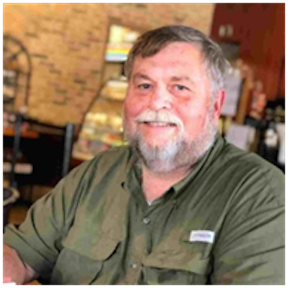Mayor built bridges
Published 12:00 am Tuesday, January 12, 2010
It has been a sad occasion as we have reviewed file photos that include Como Mayor Judy Sumner. Sumner died early Saturday at age 58. That sadness has been in contrast to the positive events recorded in those still images. (View images and some of the stories behind them in photo gallery link at left on page.)
When Sumner took office in June 2008, Como was reeling from a financial crisis that had become evident almost a year earlier. The municipal debt of several hundred thousand dollars included a large sum owed the Internal Revenue Service for trust fund deposits — money deducted from town employees’ paychecks but not turned over to the IRS. Vendors had placed the town on a cash-only basis. The county threatened to suspend residential garbage pickup because the town had not paid to the county the money it had collected from its citizens for the service. The Town of Sardis was not being paid for handling Como’s E-911 emergency calls. The police department struggled to keep enough certified officers to provide the town 24-hour law enforcement protection.
But the biggest problem that Sumner faced was the acrimony that had developed between some citizens in Como. There were those whose outrage over the revelation of the years of fiscal mismanagement had grown into what sounded like demands for revenge when voices were raised and emotions rose during town meetings. On the other side, there were those who were so placed on the defensive by the condescending and vengeful language expressed during occasional exchanges that their voices and emotions rose also.
That’s what Judy Sumner walked into at her first meeting as mayor in June 2008. Though she had no prior experience in public office, Sumner’s strength lay in her ability to facilitate — to bring people together. The extent of her interest into the circumstances that had led the town into its dire fiscal plight was limited to “What can we do to fix it?” and “What can we do to keep it from happening again.” She steadfastly resisted making statements during town meetings about what had happened before the day she took office.
Sumner was a facilitator behind the scenes as well. Each month the town meeting itinerary included a mayor’s report. Then she would mention matter-of-factly this somebody or that who had volunteered for some project, or would repair some piece of failed infrastructure for the cost of the parts only.
Sumner introduced a man whom she said had agreed to come to work as the town’s “certified gas operator.” He turned out to be a “Mr. Fix-It” — and a cheerful one at that — who helped with any infrastructure problem that arose — water, sewer, gas, streets.
To provide ‘round-the-clock law enforcement protection, she linked up with another facilitator, the late Sheriff Hugh “Shot” Bright, to hire his certified deputies as part-time police officers for the municipality, an arrangement that continues with Sheriff Otis Griffin.
Obviously the buoyed spirits we saw last year during the celebrations for the placement of Blues Trail markers memorializing Misssissippi Fred McDowell and Otha Turner and the town’s unique Christmas in Como event reflected a new sense of direction in the town. And everything that happened was the product many hours of work by many volunteers. But Judy Sumner was the catalyst. She had a way — not just asking someone for their help but infusing them with the same energy and love for Como that she had.




